Once bustling with visitors worldwide, some tourist destinations have disappeared from travel itineraries forever. The reasons behind these closures range from environmental concerns to safety issues and sometimes even political decisions that changed the tourism landscape in certain regions.
Here is a list of 20 famous tourist attractions that were permanently shut down and the surprising reasons why they no longer welcome visitors.
Dumas Beach (India)
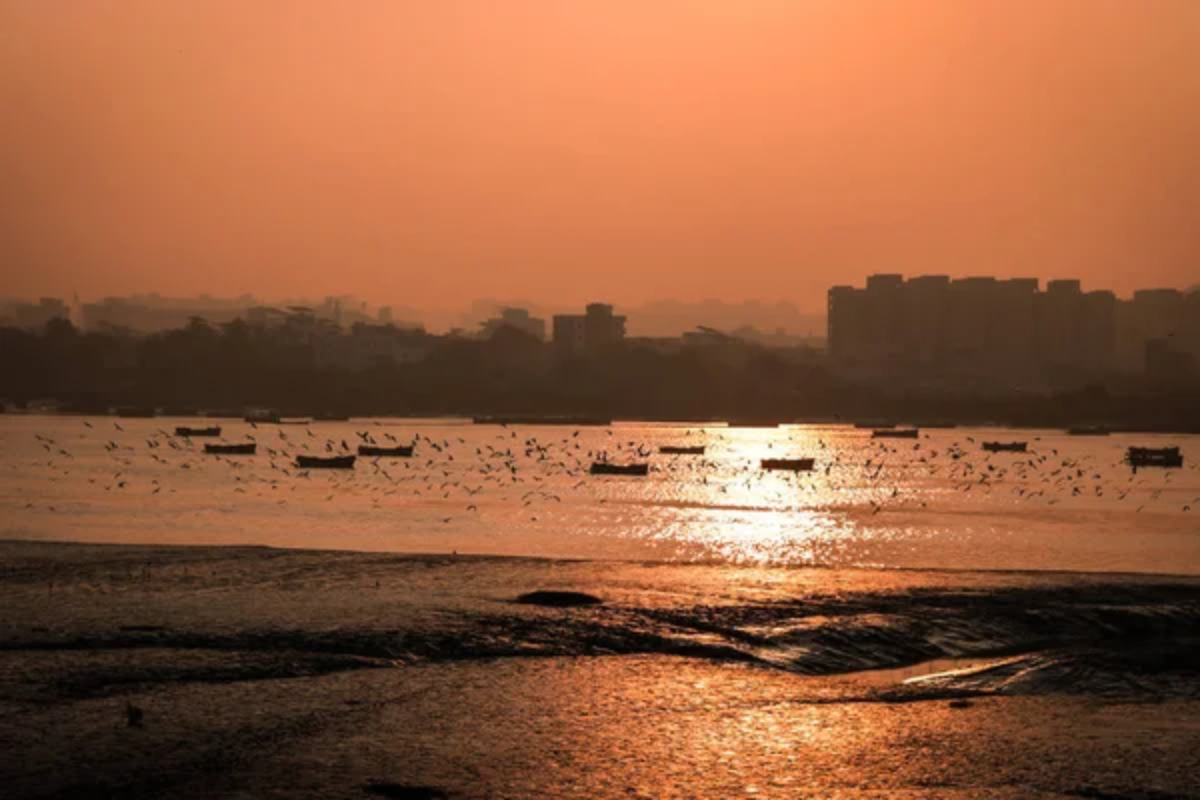
This beach along the Arabian Sea in Gujarat remains open but has gained notoriety for reported paranormal activity and dangerous swimming conditions, which have led to several tragic incidents. While not officially closed, local authorities have implemented restricted zones and increased safety measures in certain sections, and many tourists now avoid the area due to its reputation for unexplained occurrences.
Sutro Baths (United States)
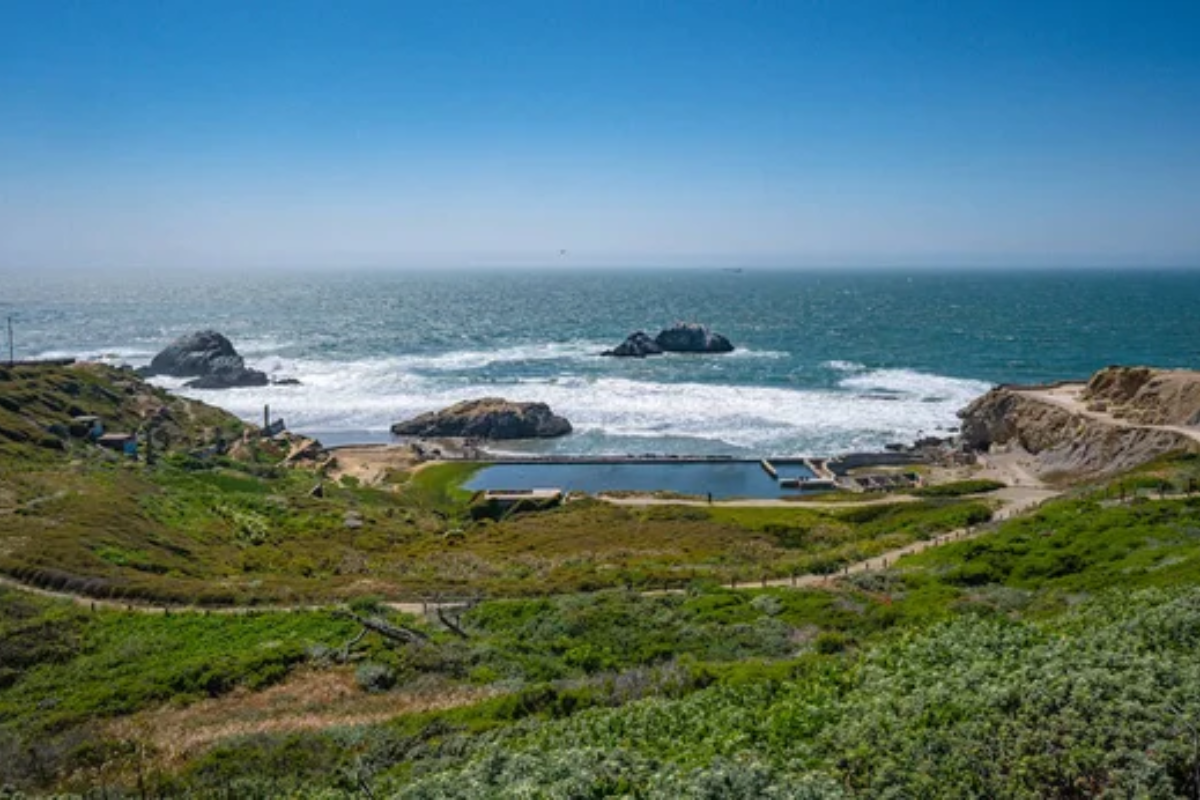
These magnificent public bathhouses in San Francisco once housed the world’s largest indoor swimming establishment, with seven complexes closed in 1966 due to high maintenance costs and were destroyed by a fire shortly after, leaving only concrete ruins that have become a different attraction altogether.
Like Travel Pug’s content? Follow us on MSN.
Spiral Jetty (United States)

This famous earthwork sculpture created by Robert Smithson in Utah’s Great Salt Lake isn’t technically closed, but nature has reclaimed it. The 1,500-foot coil of basalt rocks and earth is frequently submerged under the lake’s rising waters, making it invisible to visitors for years.
Dive Site SS Yongala (Australia)
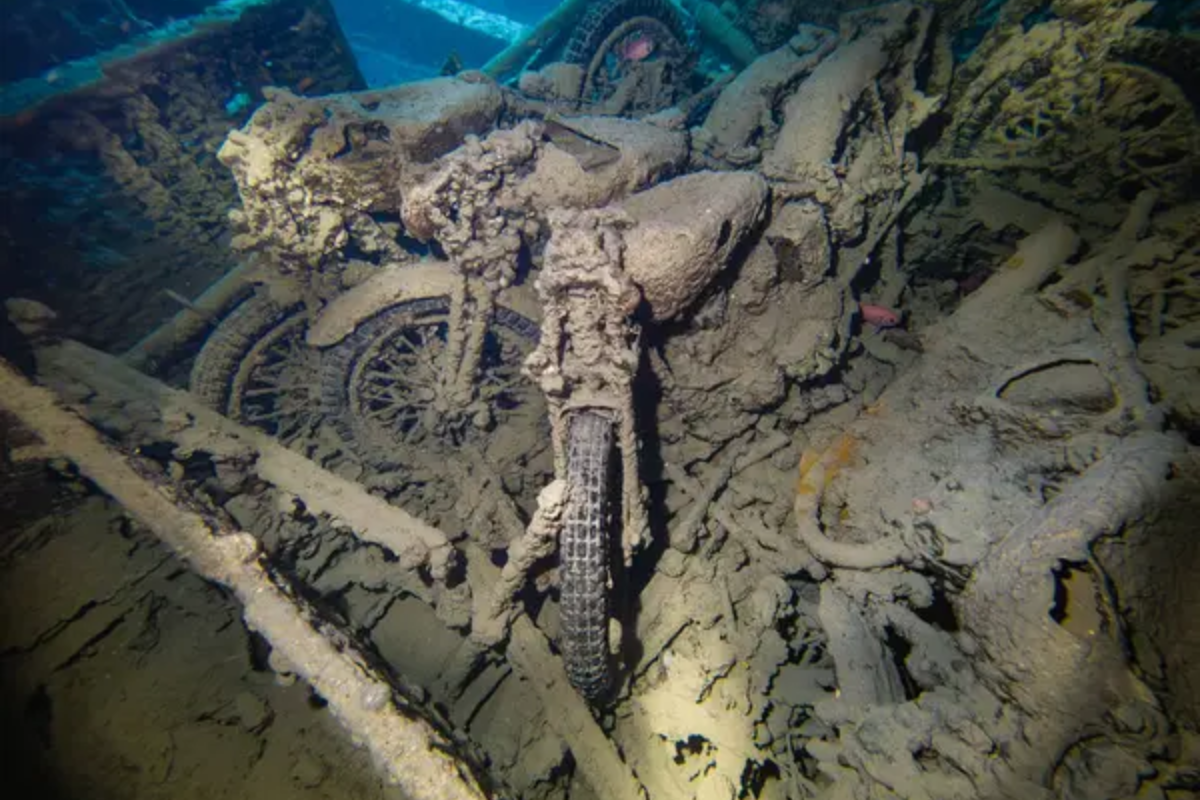
This historic shipwreck off the coast of Queensland remains open to certified divers but operates under strict conservation regulations after concerns about coral damage threatened its ecosystem. Authorities now require specialized permits, mandate increased diver experience levels, and limit the number of daily visitors to protect the marine sanctuary that has formed around the century-old wreck.
Centralia (United States)
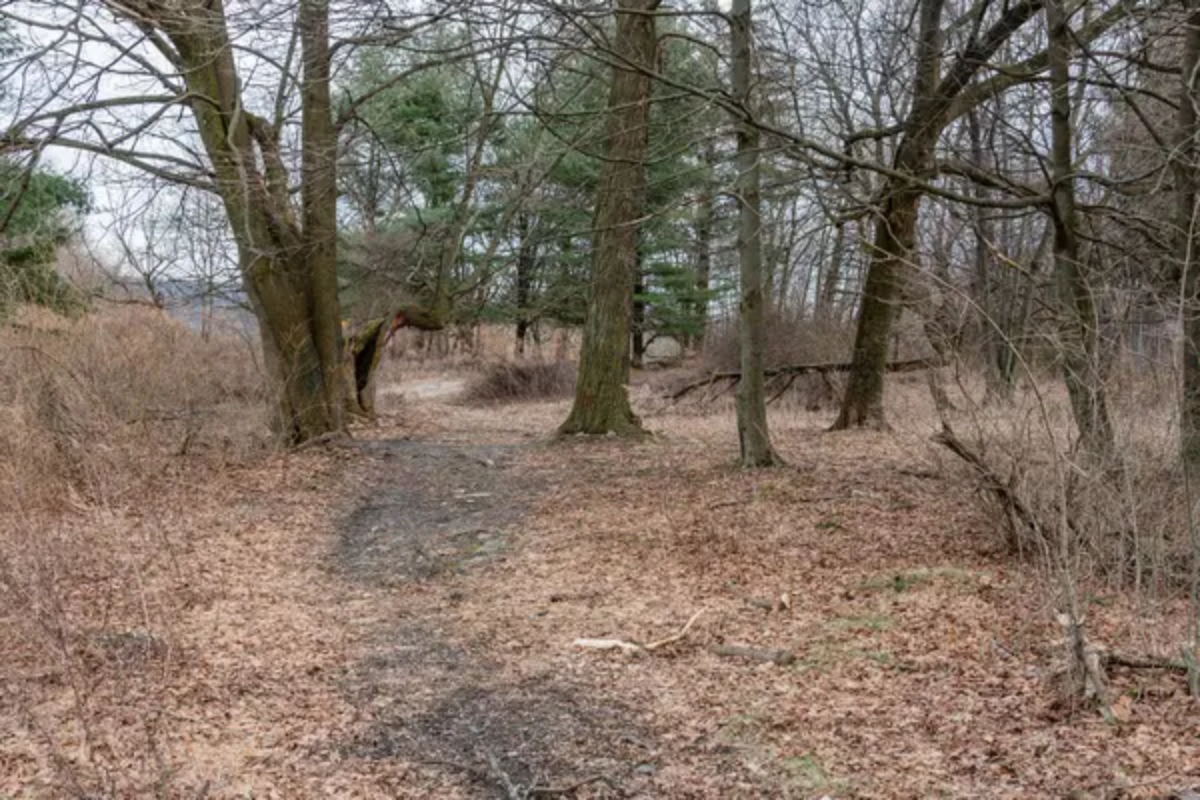
This Pennsylvania town has been largely abandoned since 1984 when an underground coal fire that started in 1962 continued to burn uncontrollably. Once home to over 1,000 residents, the government condemned the entire town and relocated almost everyone. Only a handful of determined residents remain despite the toxic fumes and unstable ground.
Like Travel Pug’s content? Follow us on MSN.
Maya Bay (Thailand)

The beach, made famous by the movie The Beach, is a stunning bay on Phi Phi Leh Island that was closed indefinitely in 2018 after suffering severe environmental damage. The daily influx of up to 5,000 tourists and hundreds of boats devastated the local marine ecosystem, destroying over 80% of the coral reefs in the area.
The Azure Window (Malta)
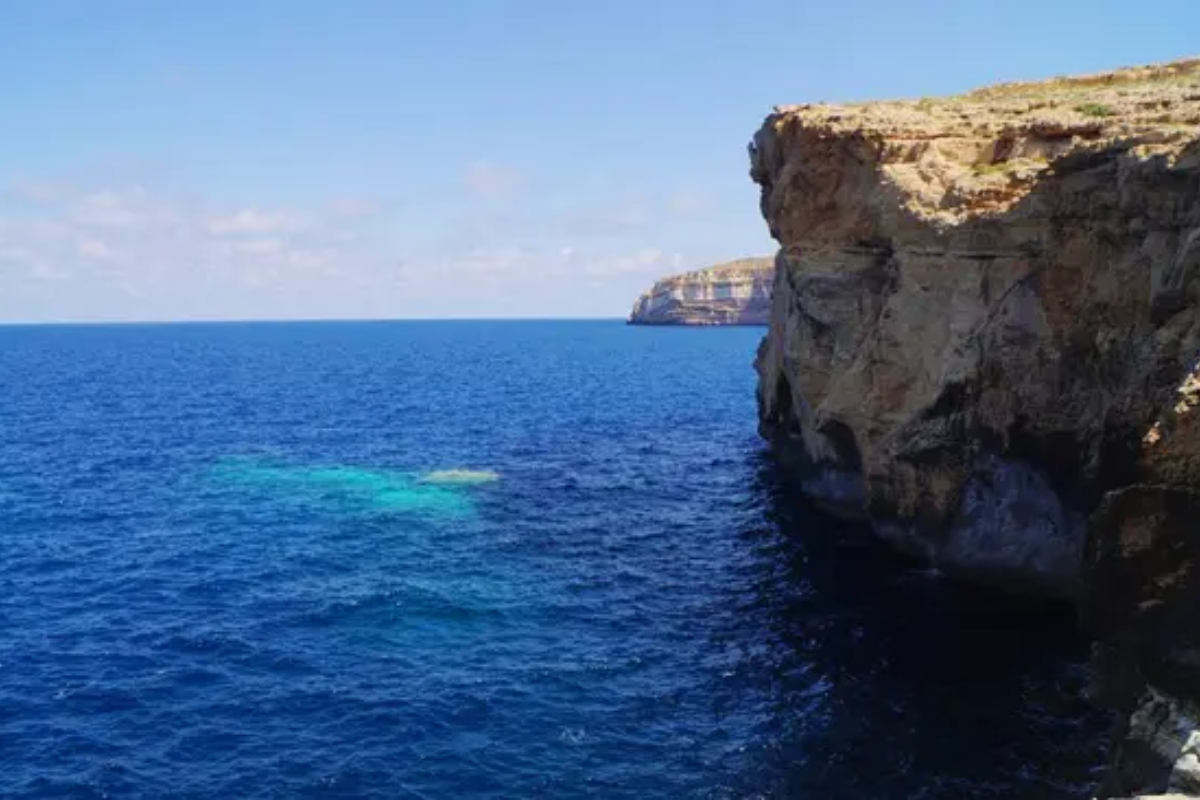
This magnificent natural limestone arch on Gozo Island was one of Malta’s most iconic landmarks until it collapsed completely during a storm in 2017. Geological experts had warned for years that natural erosion was weakening the structure, but nothing could be done to save this natural wonder from disappearing into the sea.
Wave Rock (Australia)

This natural rock formation in Western Australia remains open but has faced access restrictions due to environmental concerns and the protection of Indigenous cultural sites. Local authorities implemented visitor limitations after studies showed that increased foot traffic eroded the unique wave-shaped granite cliff, which took over 2,700 million years to form.
Like Travel Pug’s content? Follow us on MSN.
Chacaltaya Glacier Ski Resort (Bolivia)
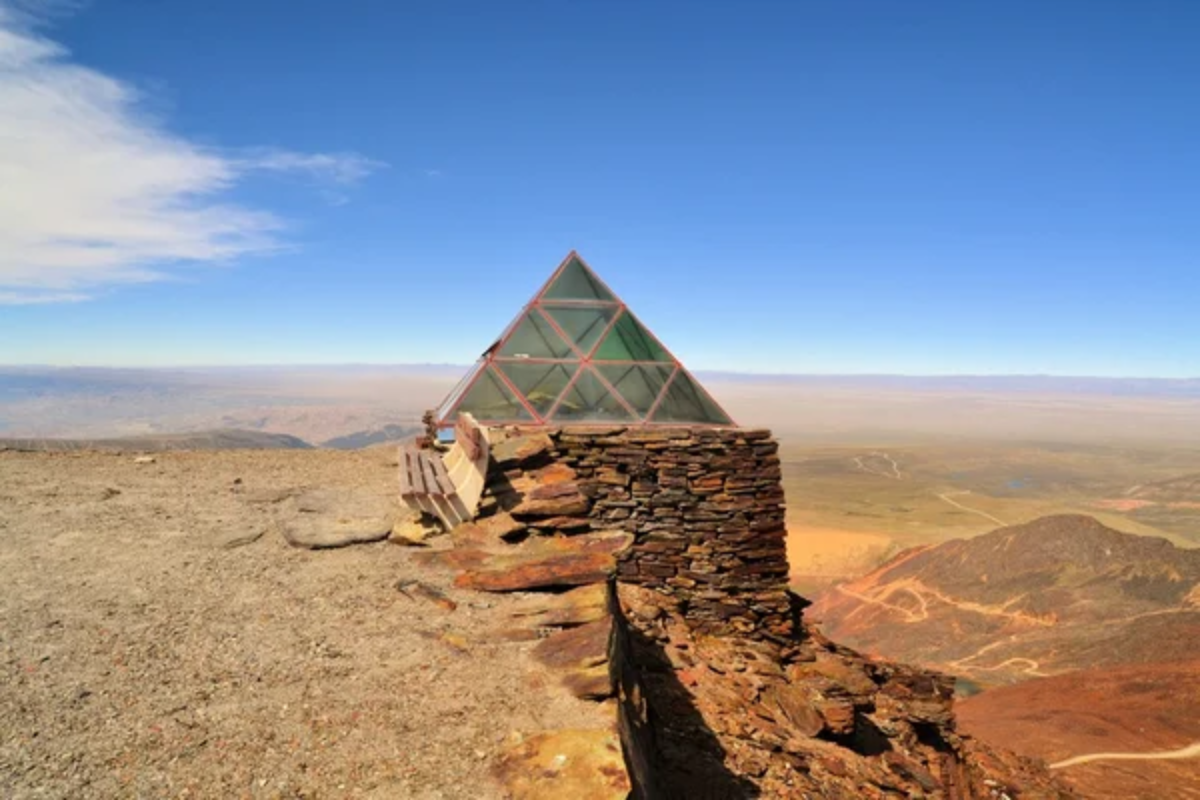
Once the world’s highest ski resort, at over 17,000 feet, this Andean attraction closed permanently in 2009 when the 18,000-year-old glacier on which it was built completely melted away. Scientists had predicted the glacier would last until 2025, but climate change accelerated its demise, leaving behind only abandoned buildings and rusted ski lifts.
Love Canal Neighborhood (United States)

This residential area in Niagara Falls, New York, became infamous in the late 1970s when residents discovered it was built atop a toxic waste dump. After hundreds of families reported severe health issues, the government evacuated the entire neighborhood in 1978 and sealed off the area, which remains restricted to this day
Guaíra Falls (Brazil/Paraguay)
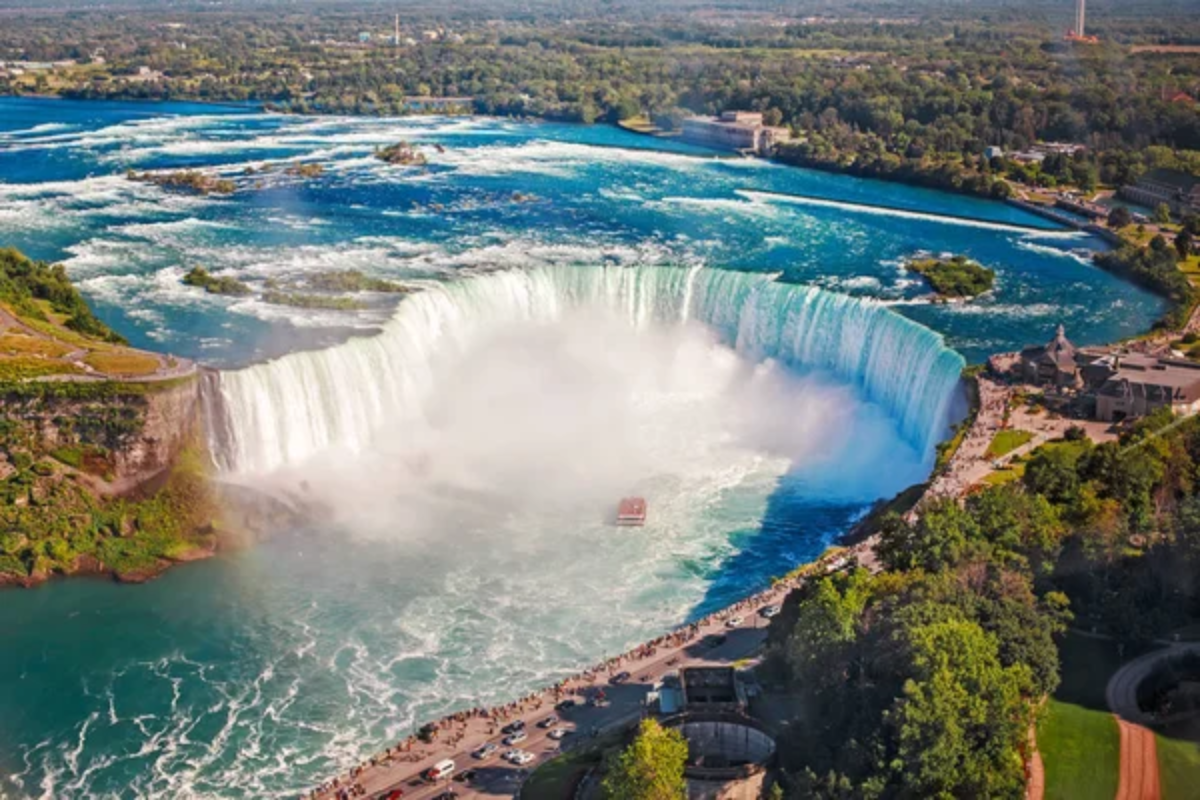
Once rivaling Niagara Falls in grandeur, these magnificent waterfalls along the border between Brazil and Paraguay were completely submerged in 1982 when the Itaipu Dam was constructed. The falls, which consisted of 18 cataracts and moved twice the volume of water as Niagara, now exist only in photographs and memories.
Like Travel Pug’s content? Follow us on MSN.
Pripyat Amusement Park (Ukraine)

This amusement park in Pripyat never officially opened to the public, as it was scheduled to open just days after the Chornobyl disaster in 1986. The abandoned Ferris wheel and bumper cars have become haunting symbols of the nuclear catastrophe, drawing disaster tourists despite the lingering radiation.
Hashima Island (Japan)
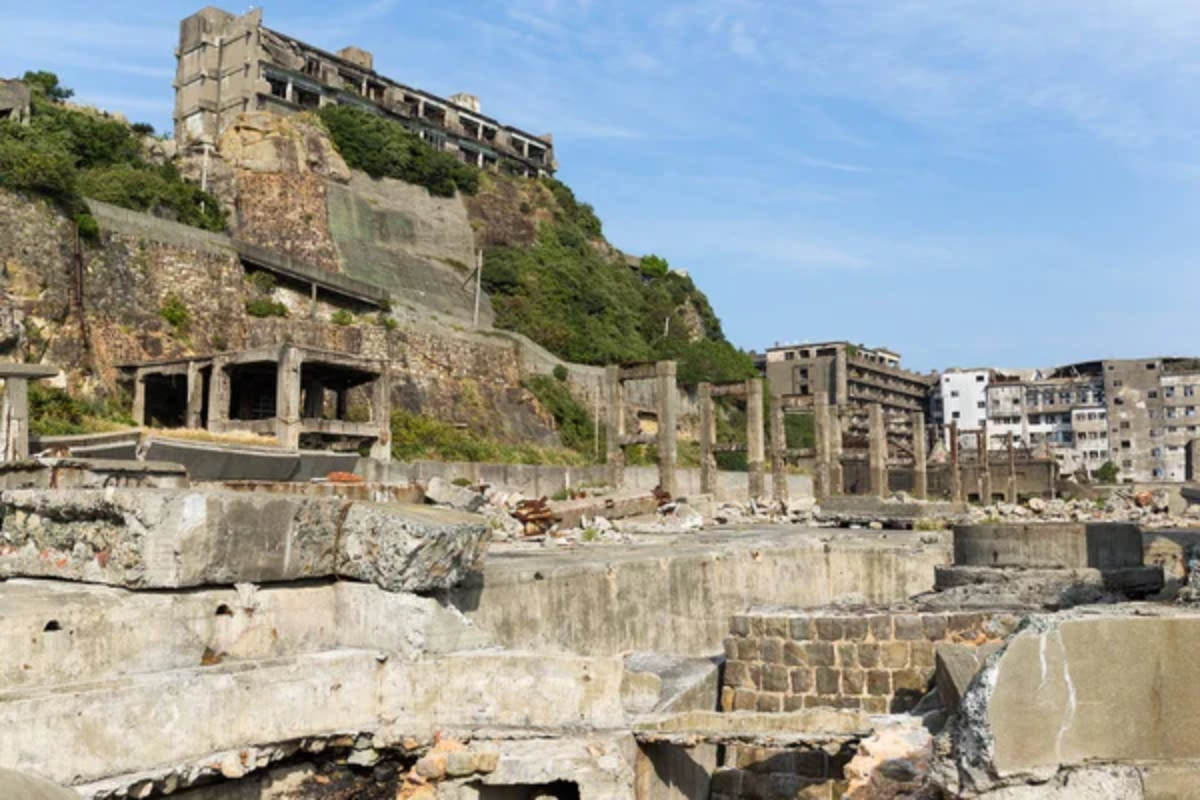
Known as ‘Battleship Island’ due to its silhouette, this former coal mining facility housed over 5,000 people at its peak. The island was abandoned in 1974 when petroleum replaced coal as Japan’s main fuel source, leaving behind a ghost town of concrete buildings that deteriorated for decades before limited tours were allowed.
Jiuzhaigou Valley Scenic Area (China)
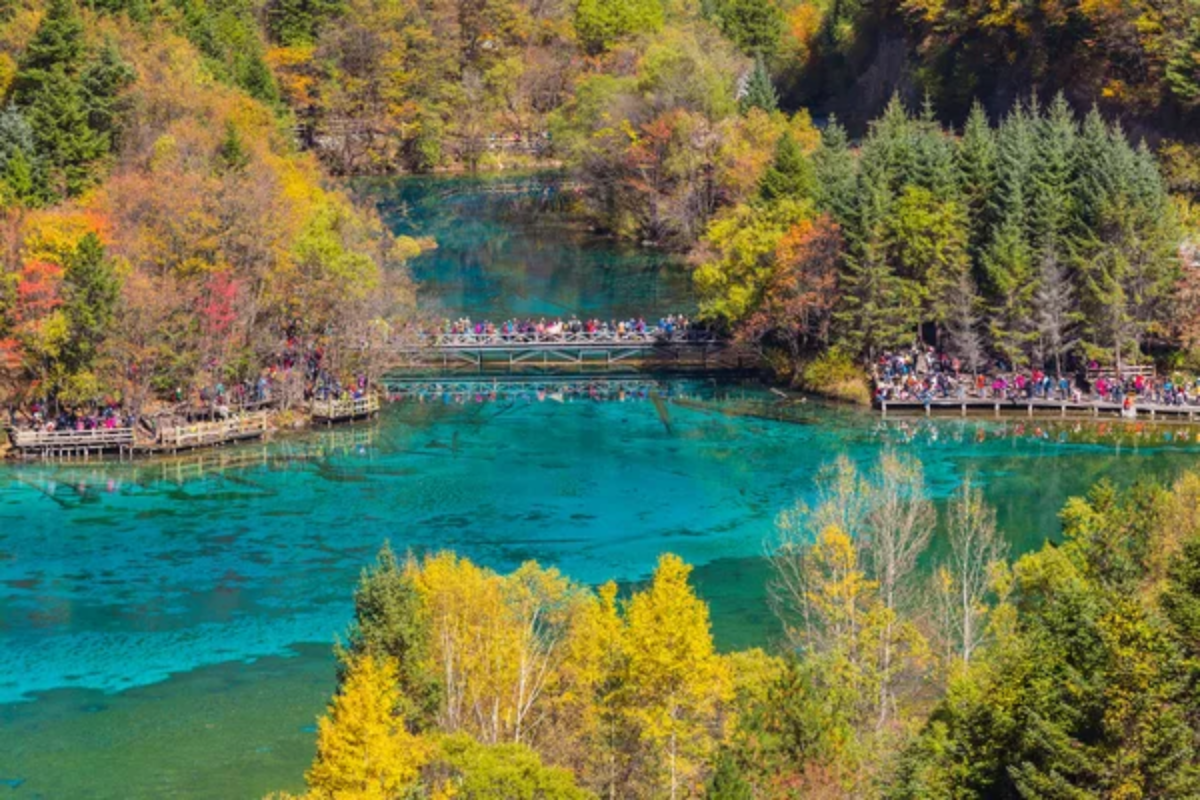
This UNESCO World Heritage site, which features stunning blue lakes and waterfalls, was closed in 2017 after a magnitude 7.0 earthquake caused significant damage to the landscape. Though parts of the park have reopened with limited capacity, nearly 40% of the original scenic spots remain permanently altered or destroyed.
Like Travel Pug’s content? Follow us on MSN.
Hallsands Village (United Kingdom)
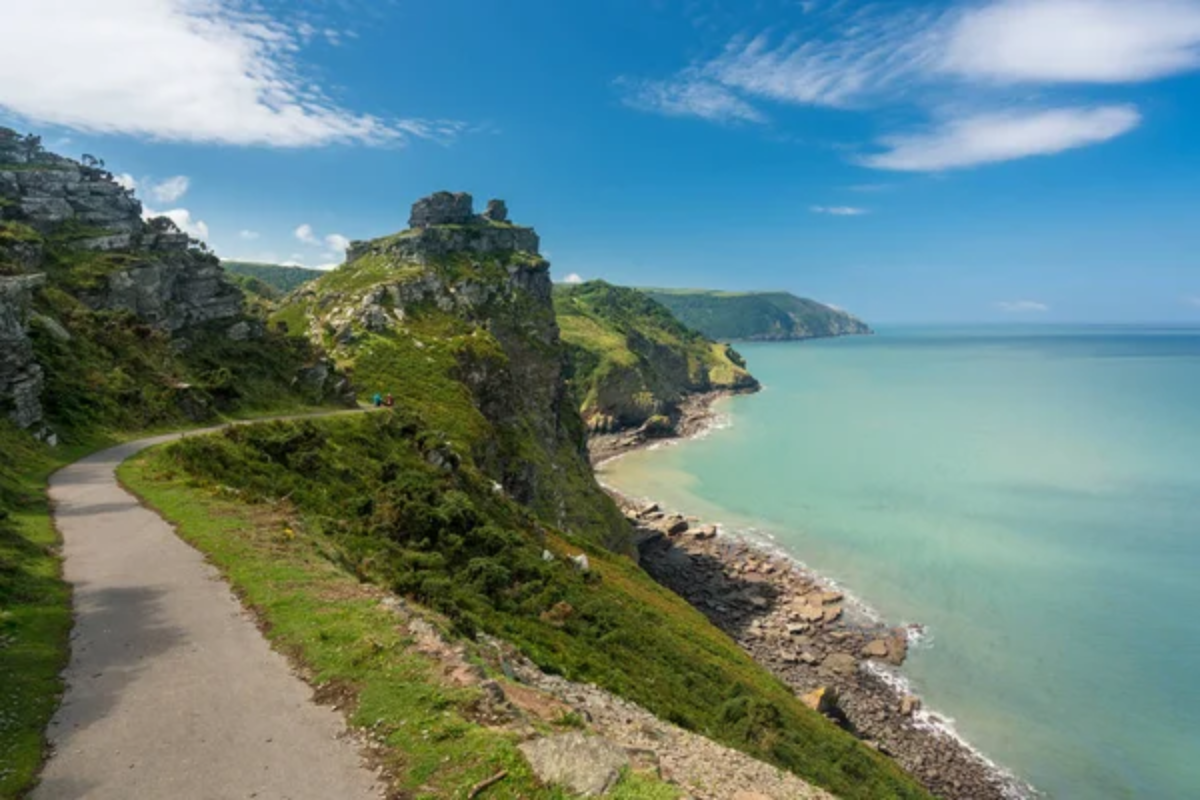
This small fishing village on the Devon coast was destroyed during a severe storm in 1917, but the real culprit was shingles removal from the beach for construction projects elsewhere. The dredging lowered the beach by several feet, eliminating the village’s natural protection from the sea and leading to its eventual destruction.
Underwater World Guam (United States)

This once-popular aquarium and marine attraction in Tumon Bay closed permanently in 2017 after 30 years of operation. The facility shuttered due to declining visitor numbers, financial difficulties, and mounting criticism from animal welfare organizations regarding the conditions in which marine life was kept.
Vajont Dam (Italy)
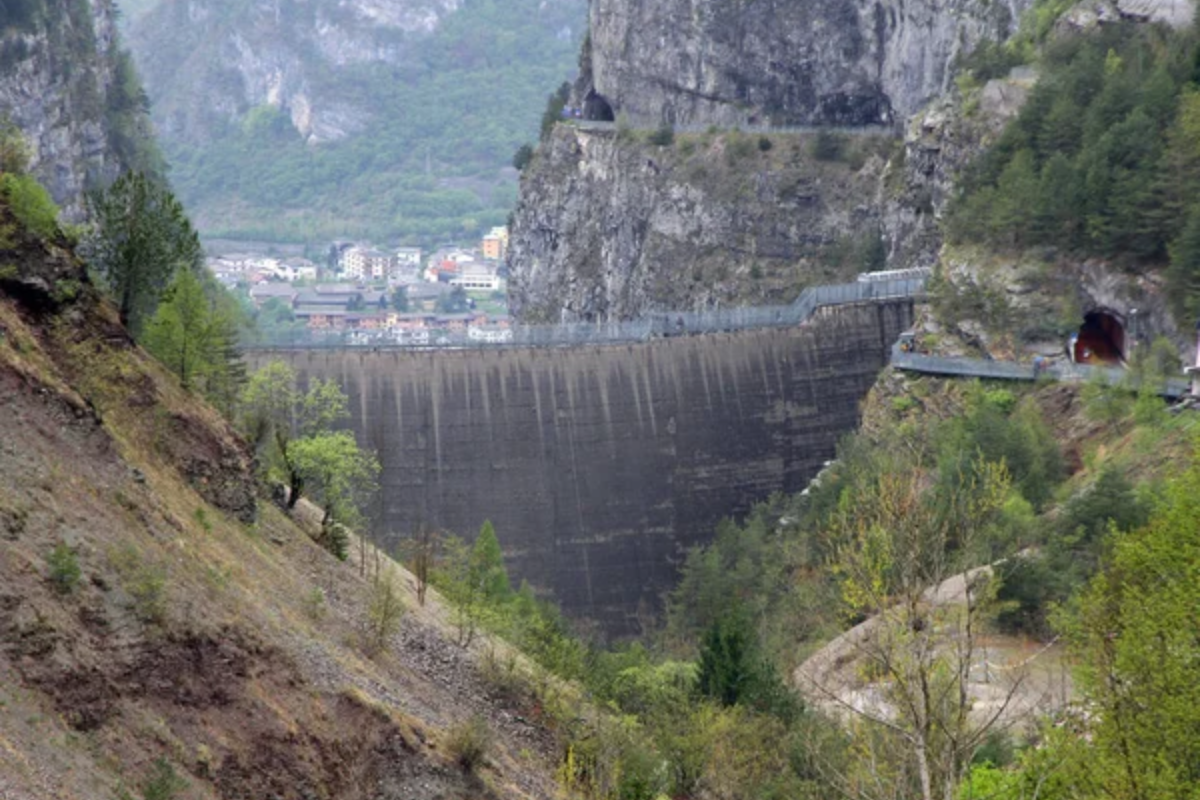
Once celebrated as an engineering marvel, this dam in northern Italy became the site of one of the worst artificial disasters in history in 1963. A landslide created a massive wave that overtopped the dam, destroying several villages and killing nearly 2,000 people. The resulting flood turned the dam into a monument to human error rather than achievement.
Like Travel Pug’s content? Follow us on MSN.
Pink and White Terraces (New Zealand)
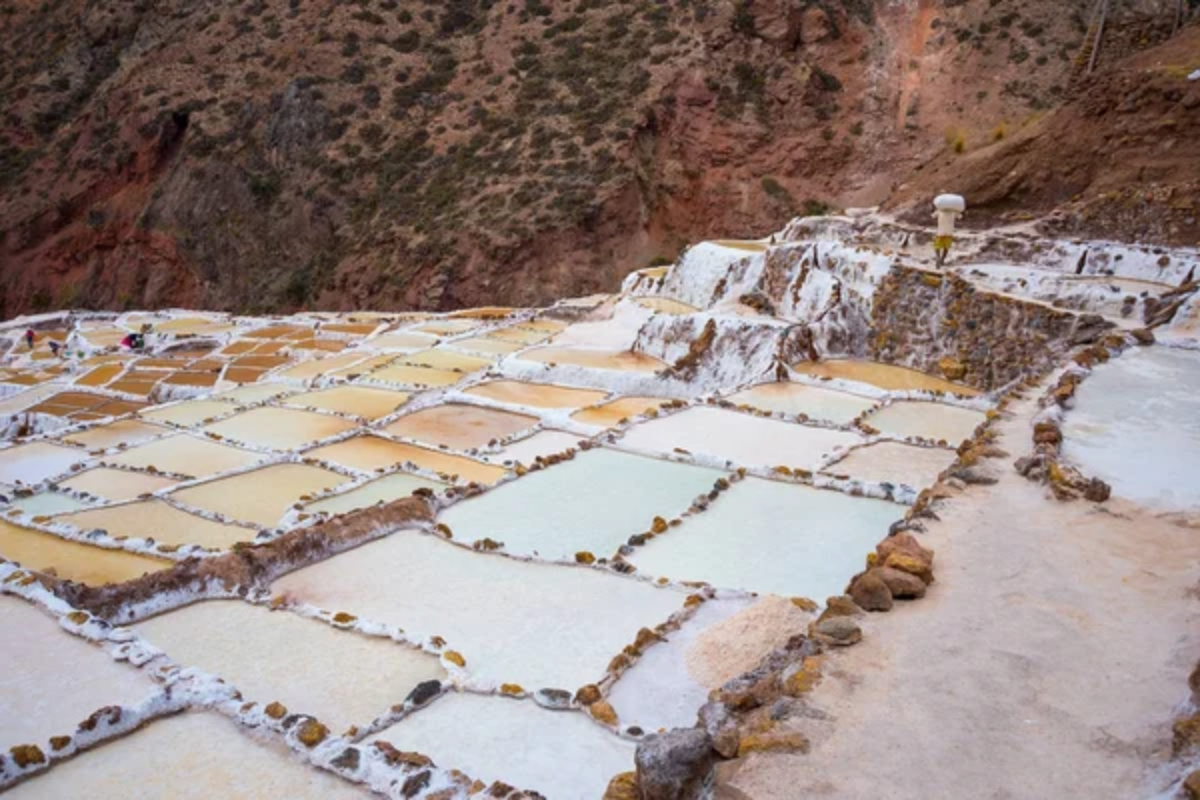
Often described as the ‘eighth wonder of the world,’ these naturally formed silica terraces were destroyed during the Mount Tarawera eruption in 1886. Once a major tourist destination that attracted visitors from across the globe, these stepped pools now lie buried beneath Lake Rotomahana, with only fragments occasionally discovered by underwater researchers.
Six Flags New Orleans (United States)

This theme park was permanently closed after suffering catastrophic damage during Hurricane Katrina in 2005. Left to decay for years in the Louisiana humidity, the abandoned park with its rusting roller coasters became an eerie reminder of the hurricane’s destructive power until authorities completely restricted access due to safety hazards.
Tiger Temple (Thailand)

This controversial tourist attraction near Bangkok allowed visitors to interact directly with tigers until Thai authorities raided the facility in 2016. Investigators discovered evidence of wildlife trafficking, animal abuse, and illegal breeding practices, leading to the removal of all tigers and the permanent closure of what had been a highly profitable operation.
Like Travel Pug’s content? Follow us on MSN.
The Vanished Destinations: Lessons in Conservation
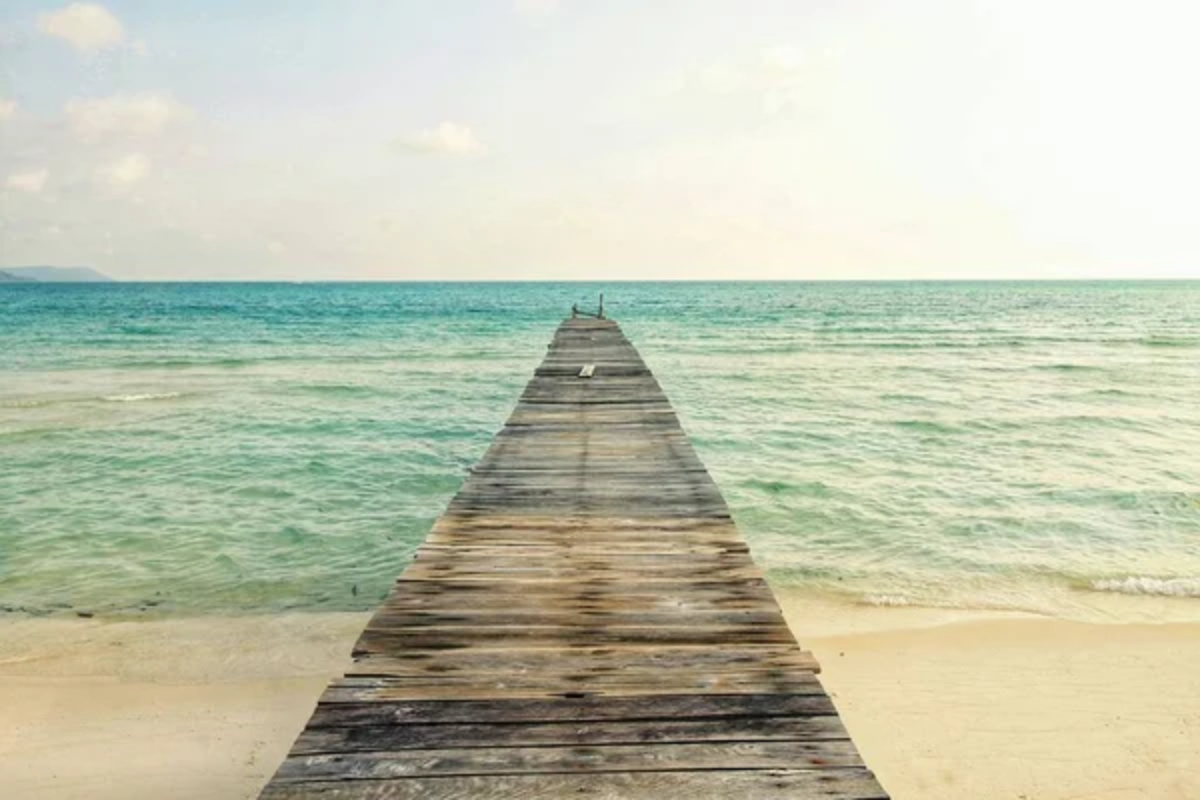
These shuttered attractions are powerful reminders of how tourism, natural disasters, and human decisions can permanently alter our world’s landscape. Many of these sites now exist as cautionary tales about sustainable tourism and environmental stewardship.
Their stories highlight the delicate balance between making natural wonders accessible to visitors and preserving them for future generations. The next time you visit a famous landmark or natural wonder, consider its fragility. If we don’t tread carefully, what exists today might become tomorrow’s memory.
More from Travel Pug

- 20 Towns Built for One Purpose That Were Later Abandoned
- 15 Hidden Spots in Disney World’s Magic Kingdom Most Visitors Miss
- 20 Once-Popular Beach Towns That Are Now Ghostly Empty
- 15 Canyons in the U.S. That Are Just as Stunning as the Grand Canyon
- 10 Under-the-Radar Mountain Towns That Are Both Affordable and Beautiful
Like Travel Pug’s content? Follow us on MSN.
